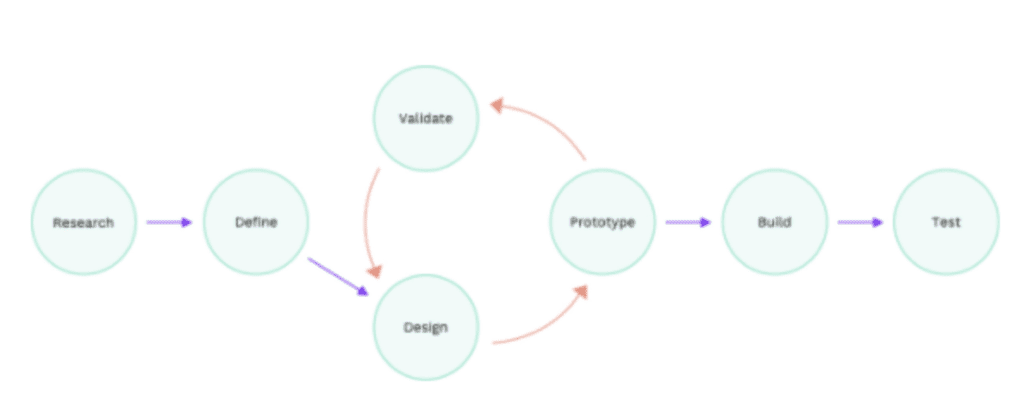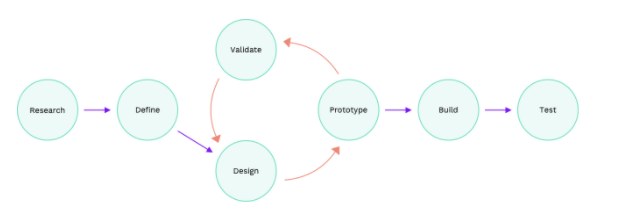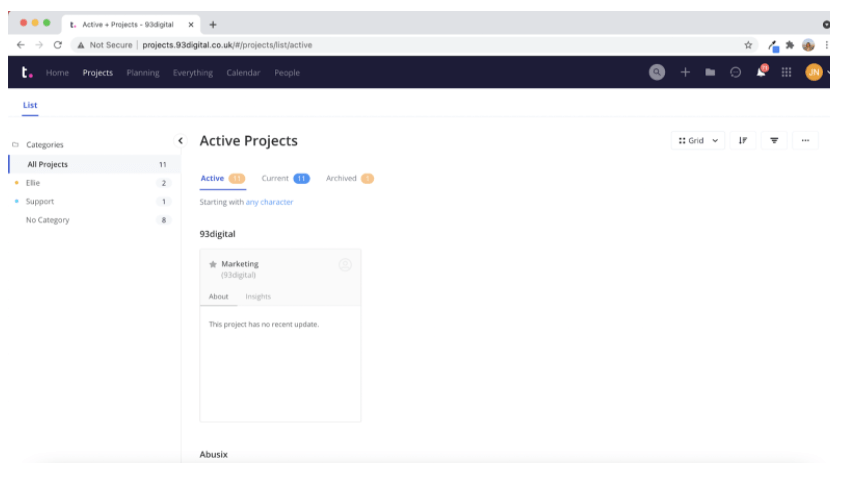What is UX design and how does it fit into a website?

What is UX design?
At face value, design to many will be interpreted as “how a website looks and works”. To a certain extent they’d be right, but what about how a website feels?
To figure this out, you may ask:
- How does it help the user in performing tasks and achieving their goals successfully?
- How is their overall experience for the user?
Simply put, ‘user experience’ is what it feels like to use a product, system, or service’.
“Feel” is very much the operative word here and it is this holistic approach that allows designers to empathise with users and identify their critical desires, needs, and goals. Given this, UX design should be a fundamental consideration for every website project, no matter the scale.
Have you ever had a particularly bad experience on a website? How did it make you feel? I’ve had my fair share of these experiences in which I’ve felt out of control, under confident, and foolish.
Carefully considered UX design is the key to making a user feel in control, confident, smart and entirely trusting of your product.
UX design is a process and at a high level it can be interpreted as:

This however can be expanded out so it is more iterative:

Here, the process has been modified to fit in with the agile, digital world. The process is more iterative to account for continuous improvement and deployment. Instead of solving the big problems up front, the agile UX process allows us to solve elements of the bigger problem.
What is UX research?
“Research” phase in the UX process is undoubtedly one of the most important. Research allows us to act as ambassadors for the user. Through it we can empathise with the user and monitor them to implement the necessary changes. Principally, research helps us to avoid common pitfalls.
The more we learn about users, the more we understand what they are trying to do. To design a website which is fully optimised you need to establish the goals, behaviours and context of the user. Without research, it’s a guessing game. Establishing the user goals, behaviours and context are imperative to the success of any project
- Goals refer to what a user is trying to do
- Context refers to what a user’s environment is
- Behaviours refer to what a user is doing
The above can be illustrated in any product, system or service. Take the humble office chair you may be sitting on now for example.
- Goals of the user:
- To do work
- To stay alert
- To be comfortable
- To be safe and injury free
- Context of the user:
- Professional environment
- Working environment
- Behaviours of the user:
- Sitting at their desk
- Using their laptop/PC
- Reading books or papers
- Turning around at desk
- Moving around the office or breakout area
The above might sound trivial but it gives us a thorough idea of who the user is in more granular detail. Fortunately there are an abundance of research methods we can undertake.
User research methods
- User testing
- Depth interviews
- Surveys
- Journey maps
- Competitive benchmarking
- Card sorting
Given the case for pursuing UX design is strong, often it can be undervalued, overlooked or ignored entirely. Taking this attitude will more than likely have you experiencing a myriad of long term problems.
UX challenges
In my experience there are a couple of recurring obstacles to the UX cause.
Primarily, project stakeholders are generally not thinking about their users, and can instead use their own experience, rather than the actual users. It is up to us as UX designers to represent the user and eliminate any bias that may inhibit the product’s integrity.
Secondly, stakeholders can be fixated on the functional (How a website works) and aesthetic (How a website looks) design rather than the experience design. The reality is, a good website needs to have the perfect balance of functional, aesthetic, and experience design. Choosing to ignore the latter is likely to induce negative emotions which in turn can have a multiplier effect and bad news spreads fast.
The reality is, a good website needs to have the perfect balance of functional, aesthetic, and experience design.
Charlie Harris
In conclusion, UX design in a website design and development project means identifying and addressing the users’ goals, contexts, and behaviours to invoke emotions that make for a more successful website. The role of UX designer is key in performing as ambassador to the user and therefore must know them inside out and empathise with them.

Meet the team: Abi

Internal day: May 2021
Let's Talk
Do you have a web design and build project coming up that you would like to talk about?